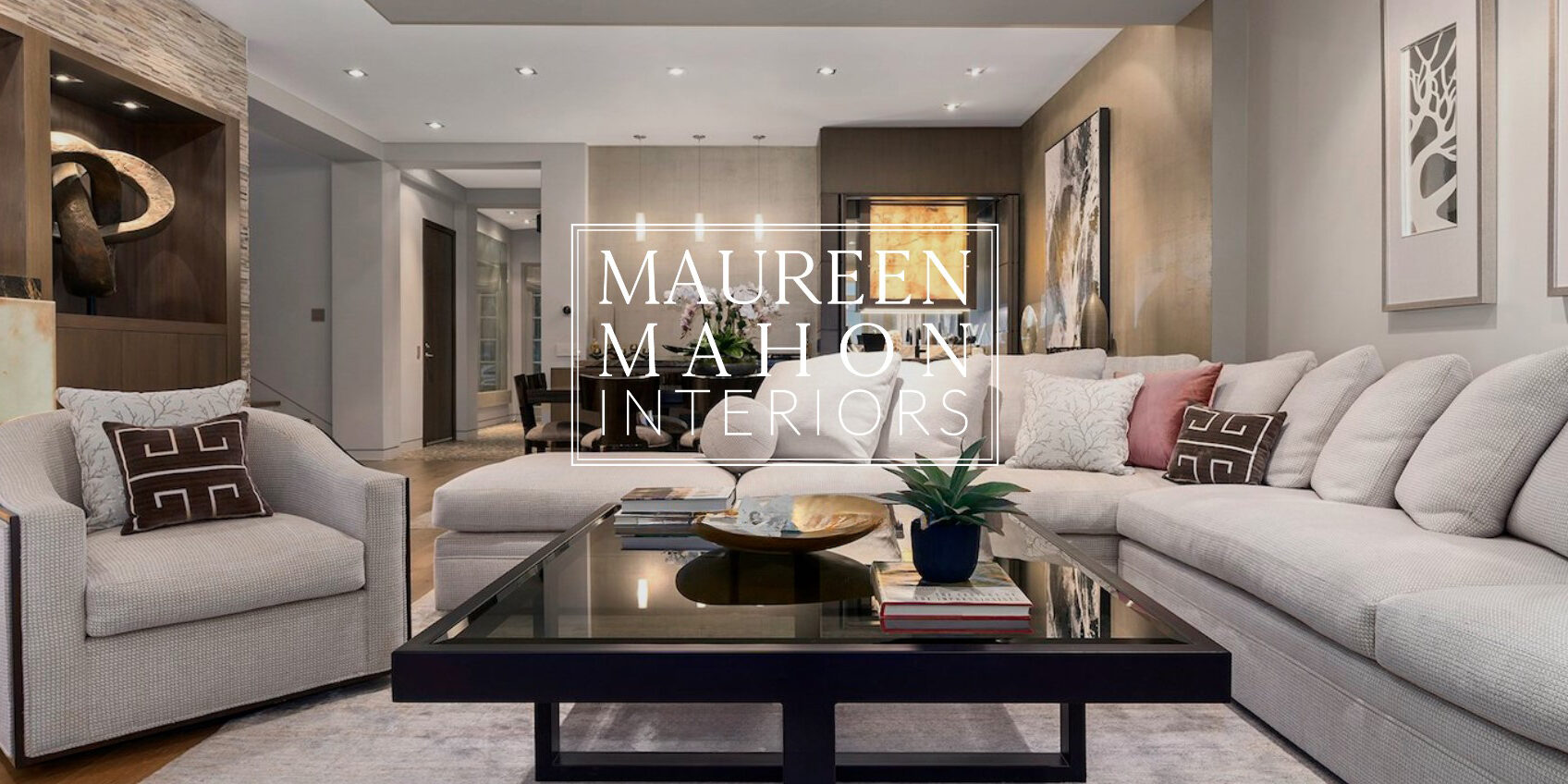By designer Maureen Mahon – founder of Maureen Mahon Interiors
The technology industry has changed the way we approach office design. The traditional office model – where executives inhabit the big corner offices and smaller spaces are carved out in proportion to employees’ status – is becoming a thing of the past. Executives now see themselves as part of a collaborative team. As startups develop products and applications to help the world run more efficiently, this consciousness is reflected in how their spaces are designed. Sustainability, social responsibility, and integrated technology are essential components of office design now and in the future.
Here are the Top 5 office design trends of the 21st century, that are worth paying attention to.
1. Open Workspaces: Office walls are coming down in favor of a more community-centric approach to working. These open spaces have large tables called “benching,” where individuals sit together with their boss, sharing ideas. Workstations (a/k/a cubicles) provide a little more privacy for those whose work requires more concentrated focus.
2. Space Efficiency: With the high cost of real estate, businesses opt for smaller office fronts, using every inch of space more efficiently. This includes fewer private offices and more collaborative spaces, lounges, and break rooms. Quiet rooms for phone calls and conference rooms for meetings may be the only enclosed spaces in today’s offices.
3. Sustainability: Lowering our carbon footprint is a top priority when planning any new space. Recycled, renewable, toxin-free materials and energy efficiencies are not only good for the planet, but they’re also good for the bottom line. In addition to cutting energy costs, employees will be more productive in a well-lit, ergonomic, toxin-free environment. Modular walls are a great way to cut not only construction time but also building waste in our landfills. These walls can be easily expanded and reconfigured as the size and needs of your company change. They can also be opened up by simply removing a panel, so power and data can be easily updated as technology evolves – no more opening up and patching drywall.
4. Social Responsibility: Another important component is learning where your stuff comes from. Are you purchasing products that support sweatshops and child slavery, or are you investing in programs that empower underserved communities? Kindness and responsibility work hand in hand in making this world a better place for everyone – and this includes the use of “cruelty-free” materials that don’t use animal products or testing.
5. Integrated Technology: Smart technology keeps energy costs down with fully-programmable lighting that uses only what you need when needed, and automatically shuts off when the room is not in use. Automated thermal shades lower energy costs by keeping the room temperature consistent. They’re also a great security feature because they can be lowered remotely or set on a timer. Your entire environment can be easily controlled by your smartphone or tablet. High-tech conference rooms cut down the need for business travel, which further lowers your carbon footprint, and improves your company’s bottom line and employee productivity. Meetings can be held from your office, anywhere in the world, with high-quality face-to-face conferencing and interactive whiteboards to exchange ideas effectively with people anywhere in the world.
The world is getting smaller – for business, that’s a good thing. Everyone benefits when we use our space wisely.








